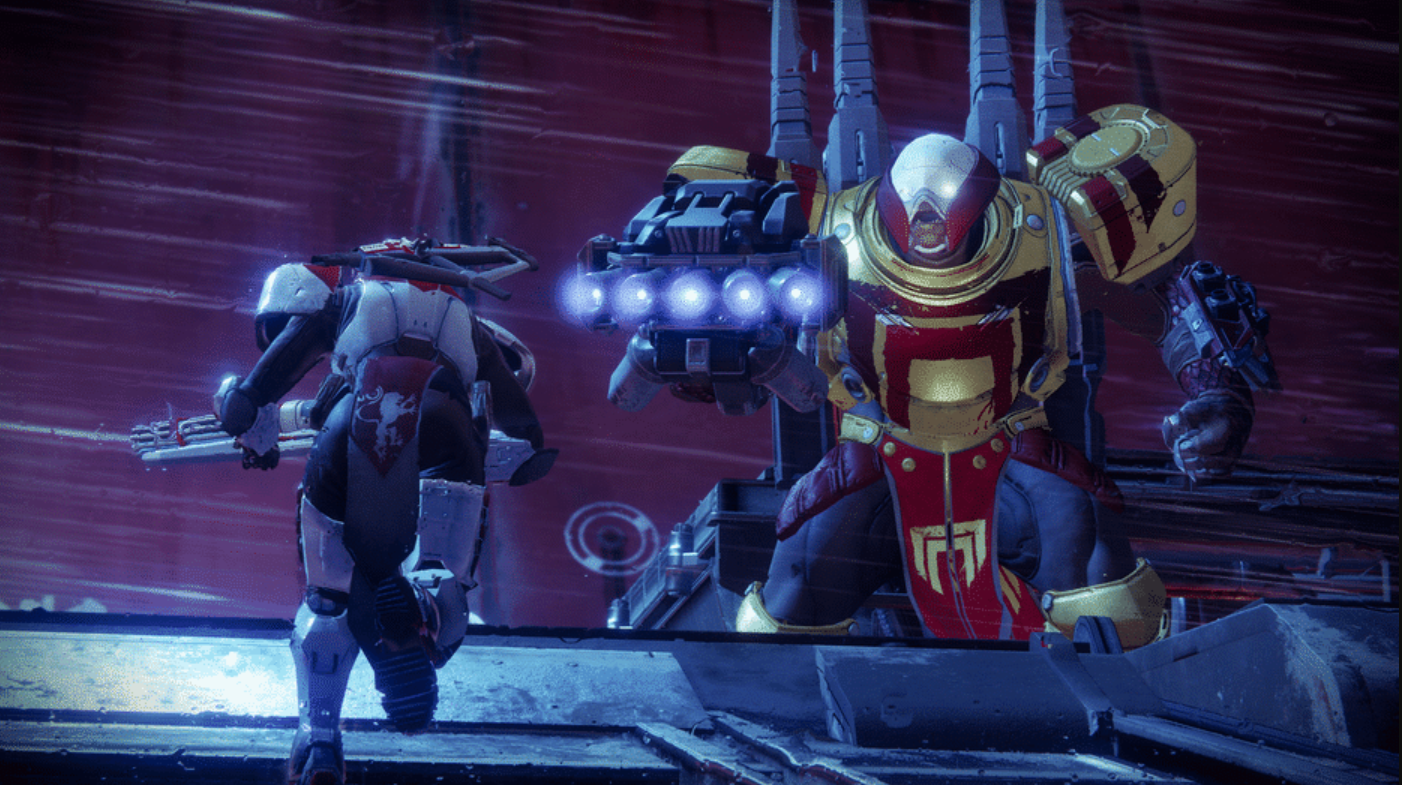Table of Contents
Bungie Faces Backlash Over Alleged Art Plagiarism in Marathon
Bungie accused of plagiarising an artist—that’s the latest controversy shaking the gaming world. The allegations relate to in-game assets from the upcoming sci-fi shooter Marathon, which appear to replicate original artwork by an independent digital artist.

Artist Claims Striking Similarities Between Her Work and Marathon Assets
The accusation came to light when ANTIREAL (also known online as @4nt1r34l) published a series of posts on X (formerly Twitter) and Bluesky. She showcased side-by-side comparisons of her original designs—created as early as 2017—and assets used in Marathon. These comparisons included matching text layouts, graphic elements, and even her personal branding.
One particularly notable instance involved the use of the name “ALEPH” along with the phrase “Dark-space haulage logistics” — an exact replication from ANTIREAL’s design portfolio. Her distinctive iconography, including arrows, typefaces, and layouts, appeared to have been copied almost directly into the game.
“My work was clearly good enough to be copied and used in-game without my permission or even credit,” she wrote. “I’m tired of big studios harvesting independent work while we struggle to survive creatively.”
Bungie Responds: Blames Former Employee
In a statement released shortly after the allegations went viral, Bungie acknowledged the issue. According to the studio, the artwork in question had been added to the Marathon texture files by a former employee. The current team was reportedly unaware of the origins of these assets.
Bungie emphasized that it is taking the matter seriously and is in direct contact with the artist to address her concerns. The studio also committed to auditing its asset pipeline to ensure that similar cases do not arise in the future.

Not the First Time: Bungie’s Troubled History with Artist Credits
This is not the first time Bungie has faced backlash for mishandling artistic content. Over the past few years, several artists have accused the studio of using fan-created or third-party assets without proper attribution. While Bungie has previously issued public apologies and compensation, these recurring incidents raise questions about the company’s internal asset sourcing practices.
Why This Matters: The Bigger Picture for Independent Artists
This controversy highlights a larger issue in the gaming and creative industries: the exploitation of independent artists. With social media and digital platforms making it easier to “borrow” inspiration, the lines between influence and infringement have become dangerously thin.
For independent creators, losing control over their intellectual property can mean lost income, lost recognition, and the emotional toll of seeing their work misused.

Conclusion: A Wake-Up Call for the Gaming Industry
The accusation against Bungie serves as a reminder that even industry giants must remain accountable to ethical standards. As Marathon approaches its expected release in late 2025, all eyes will be on how Bungie addresses the issue—and what changes it makes to prevent similar missteps in the future.
For artists and gamers alike, this case underscores the need for transparency, fair attribution, and legal protection in creative industries.
Frequently Asked Questions (FAQs)
Q1. What is Bungie being accused of in relation to Marathon?
A: Bungie has been accused of plagiarising in-game assets from independent artist ANTIREAL for its upcoming title Marathon. The artist claims that several visual elements, including text layouts and logos, were copied from her original designs without permission or credit.
Q2. Who is the artist accusing Bungie of plagiarism?
A: The artist is known online as ANTIREAL (@4nt1r34l), a digital designer who published her original work in 2017. She shared visual comparisons showing alleged similarities between her artwork and assets used in Marathon.
Q3. How did the plagiarism claims come to light?
A: ANTIREAL posted a thread on X (formerly Twitter) and Bluesky, showcasing side-by-side images comparing her original work to in-game screenshots from Marathon. The images showed near-identical fonts, graphics, and taglines.
Q4. Has Bungie responded to the plagiarism allegations?
A: Yes, Bungie has acknowledged the issue and attributed it to a former employee who included the artist’s work in a texture sheet used in the game. Bungie stated that the current team was unaware of the unauthorized asset use and is investigating the matter.
Q5. What steps is Bungie taking in response to the accusations?
A: Bungie is reviewing all in-game assets to ensure proper attribution and has reached out to ANTIREAL to resolve the issue. The studio has also pledged to improve its internal asset management processes to prevent similar incidents in the future.
Q6. Has Bungie been involved in similar controversies before?
A: Yes, Bungie has previously faced backlash for using fan art and third-party assets in its Destiny promotions without giving credit. In those cases, the company issued public apologies and compensated the artists involved.
Q7. What impact could this have on Marathon’s release?
A: While the controversy may not directly delay Marathon’s release, it has affected the game’s public perception. Bungie’s response and actions moving forward will likely influence how fans and the industry receive the title.
Q8. Why is this incident significant for independent artists?
A: This case highlights the challenges independent artists face when large studios use their work without permission. It raises awareness about intellectual property rights and the need for ethical practices in game development and digital art.

